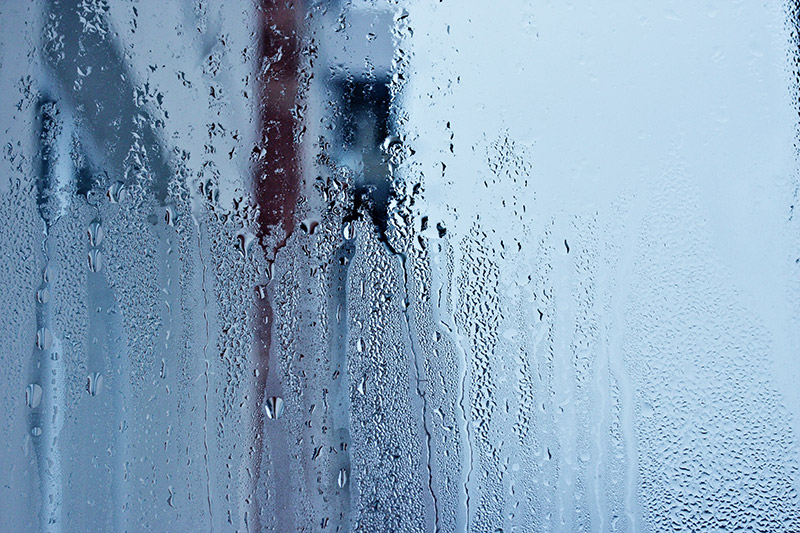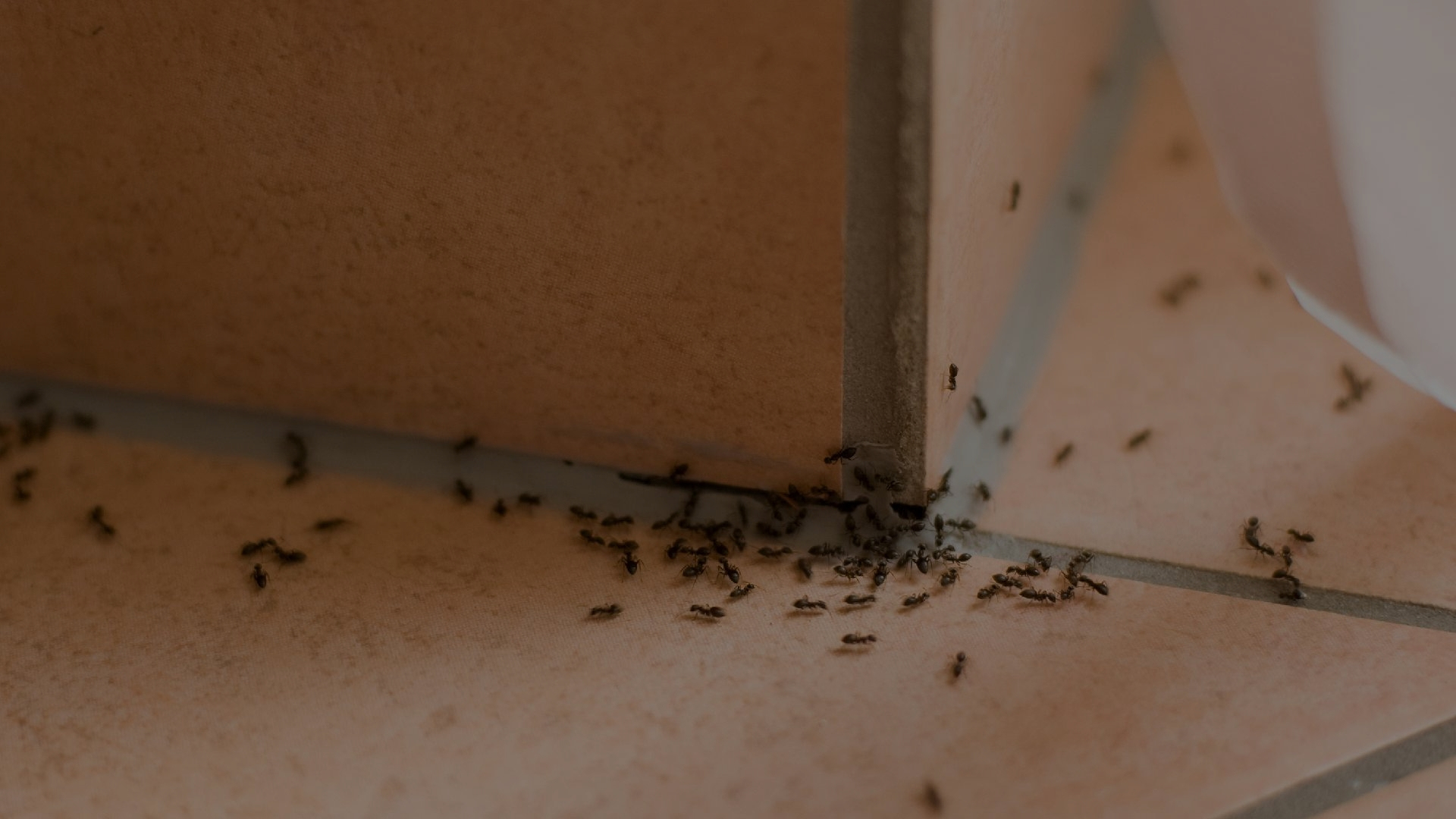
30 jul Tips Om De Thuisvochtigheid Te Verminderen
You know when excess house moisture raises its ugly head.
You will see foggy windows, smell mildew or musty smell, or your skin will feel clammy.
If it has been around for a while, it has been given the opportunity to mark its territory. Wet spots, mold and decaying wood are signs that the soaked enemy is taking over.
But even if there are no indications (yet) that the atmosphere in your home is too humid, it is wise to measure and check because …
• You will feel physically and mentally better feel (studies show that how happy you feel is directly related to the humidity) and, • Keep more money in your pocket because of reduced heating costs is also a nice reward.
So how can the humidity in the home be reduced?
Simple measures can often make a big difference. In other cases, more radical actions are needed.

Here is an overview of simple tips and more radical solutions to combat excessive indoor humidity. The simplest applicable measures are mentioned first.
How to reduce the humidity in the house?
There are ways to reduce humidity as you become more aware of what raises the level in the first place.
actions
• Ventilate first and foremost. Especially the areas that create moisture, such as the kitchen and bathroom. If fans are present, you must switch them on and / or leave them for longer. Especially in the kitchen, bathroom and basement. If not, consider having them installed by an electrician.
Cooking and showering, but also washing machines and dryers influence the amount of moisture in the air, especially when people take long, hot showers.
• If you do not have exhaust fans or a ventilation system, you can break open a window for a few minutes to dry the air, especially in the bathroom that tends to hang on extra moisture for a long time.
From a mathematical point of view, only four to six liters of water is needed to increase the humidity within 1000 square feet from just 15% to 60%.
The number of people in the house can also influence the air humidity in the air. One person who breathes produces approximately ¼ cup of water within an hour.
• Ensure that exhaust fans in kitchens, bathrooms and washrooms ventilate outside. Installing vents and attic fans can also help.
• Increase the inside temperature because warm air can retain more moisture (relative humidity decreases when the temperature rises).

• Use fans to increase ventilation.
• Take colder, shorter showers. Use a low flow shower head or shower under a less powerful current by not fully opening the tap. (I personally like taking a shower with the tap open partially as well)
• If you take the indoor and outdoor temperatures into account, you can also ensure the right humidity in the house. What is the current temperature inside versus outside?
• Do you keep your house much cooler than the suggested temperature? If that answer is yes, small adjustments to the humidity can easily be adjusted.
• Run the AC. Because this option is expensive, other possible measures are preferred.
• While cooking, try to cover your food and take full advantage of the extraction fans in which your home is equipped. Cooking in the oven and on the hob produces more moisture. Slow cookers contribute less to indoor humidity.
• Ventilate the tumble dryers outside.



No Comments